It's no secret that you need to have short nails to play the cello effectively. But I have found that "short" has different meanings for different people. What exactly is short enough?
Make the Cut!
The following video is the only tutorial I could find on the subject of cellists' nail length. Near the end, RealCelloGuy explains that you should cut your nails as short as you can "without hurting yourself."
The Long and Short of it...
First of all, let's clarify what I mean by "nail bed." A picture is worth a thousand words:
So now that we have the terminology solidified, grab your equipment (nail clipper and file) and watch my video:
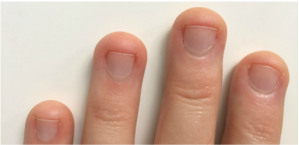 These are my "long" nails. Usually there's NO white!
These are my "long" nails. Usually there's NO white! Make sense?
This is exactly what Martha recommended to me many years ago, and now the tips of my left hand fingers are super meaty, perfect for easy cello playing--even when my nails are "long."
Need more proof?
| One of my wonderful students graciously allowed me to take a picture of the progress she has made with her nail bed recession efforts. The nail on the left has been filed (in the way I describe in the video) for many weeks now, and the nail on the right has been trimmed normally. The difference she has created is obvious! |
Need equipment?
Okay, it's time to get to work! Here's what I recommend you use:
Feel free to leave questions and comments below. Happy filing!

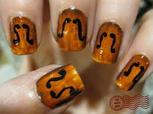
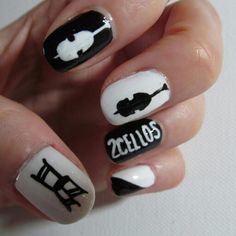
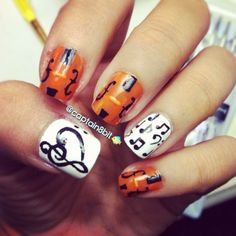
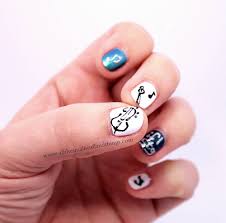
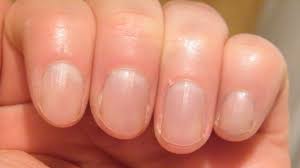
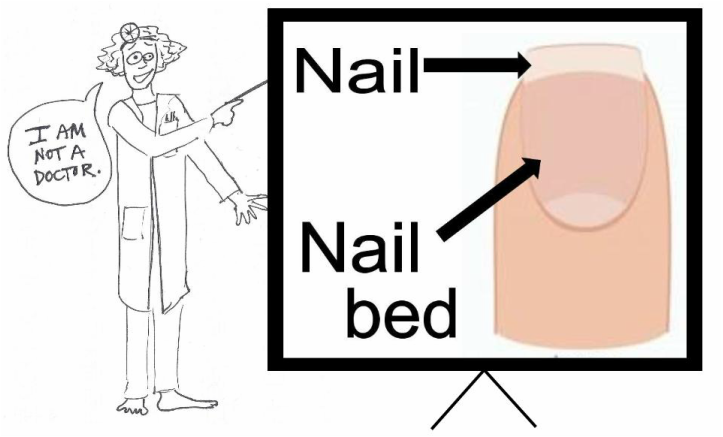
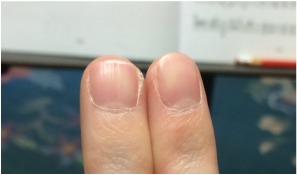
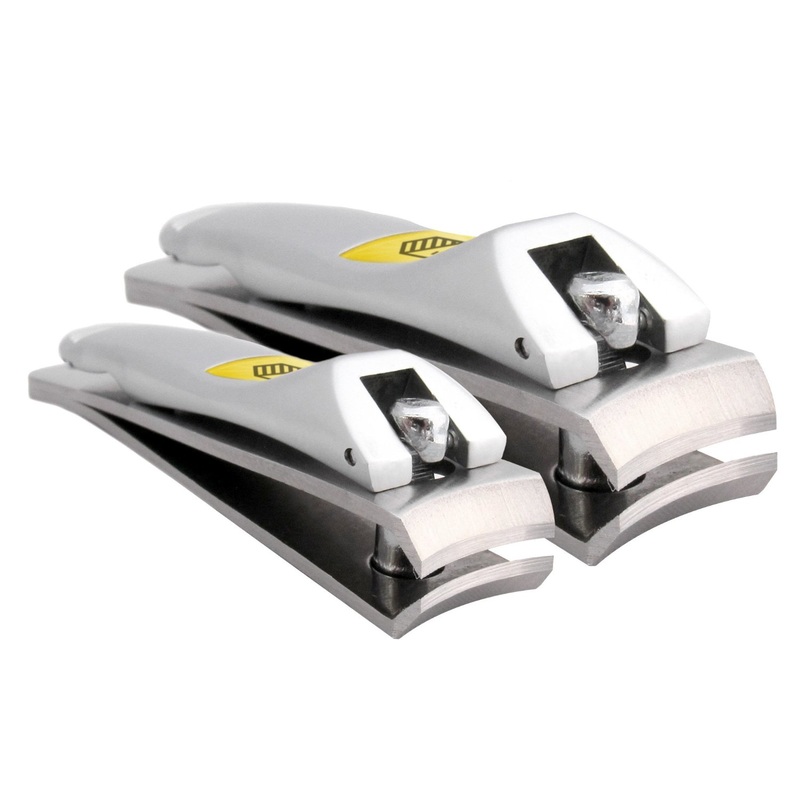
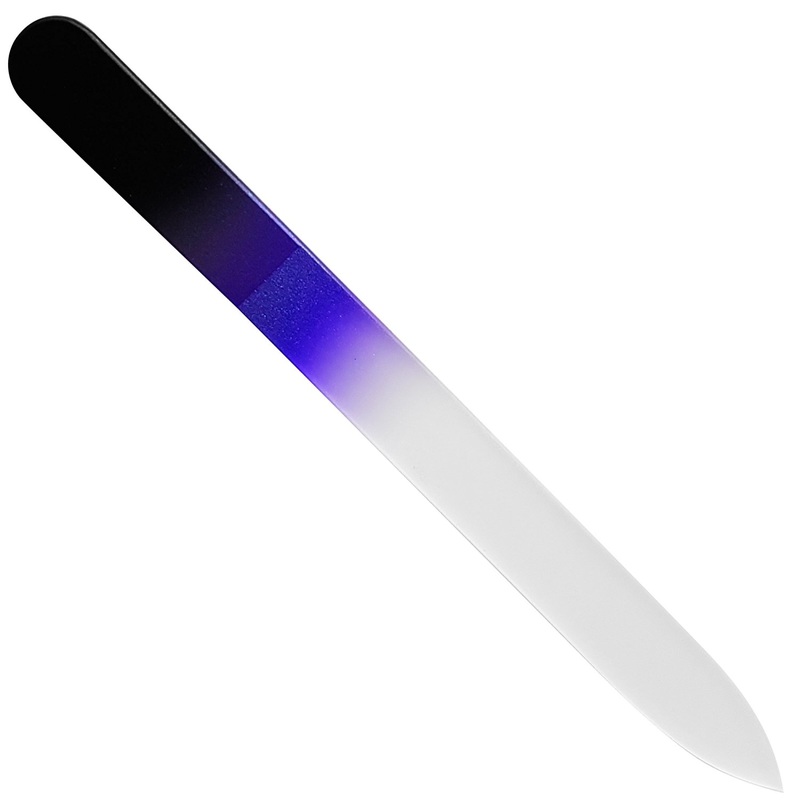
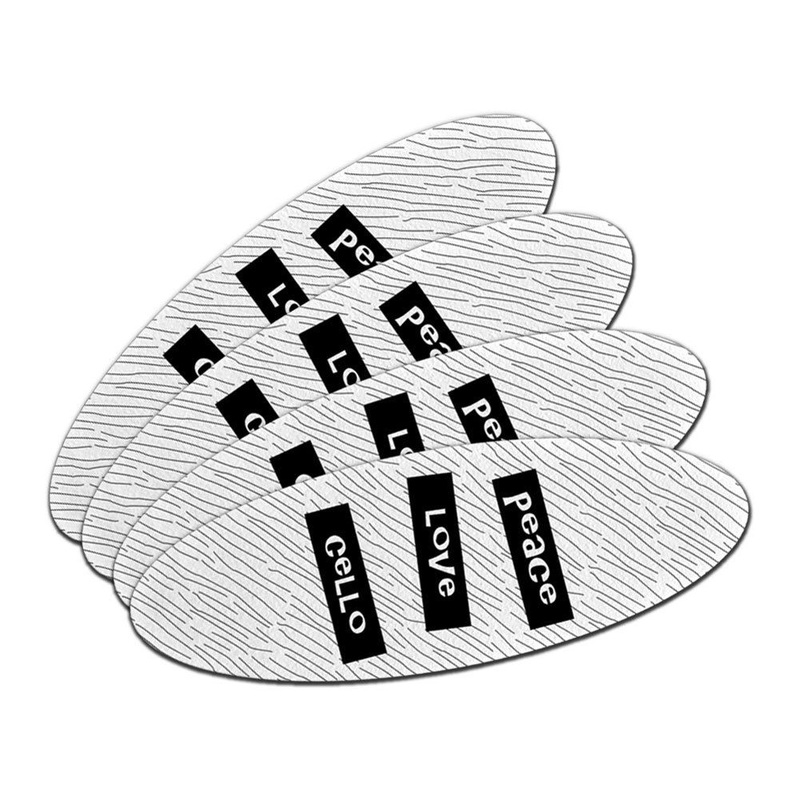

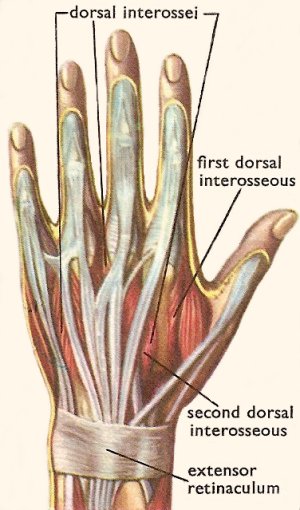
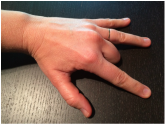
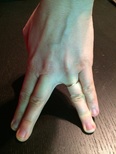


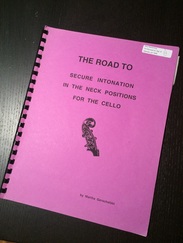
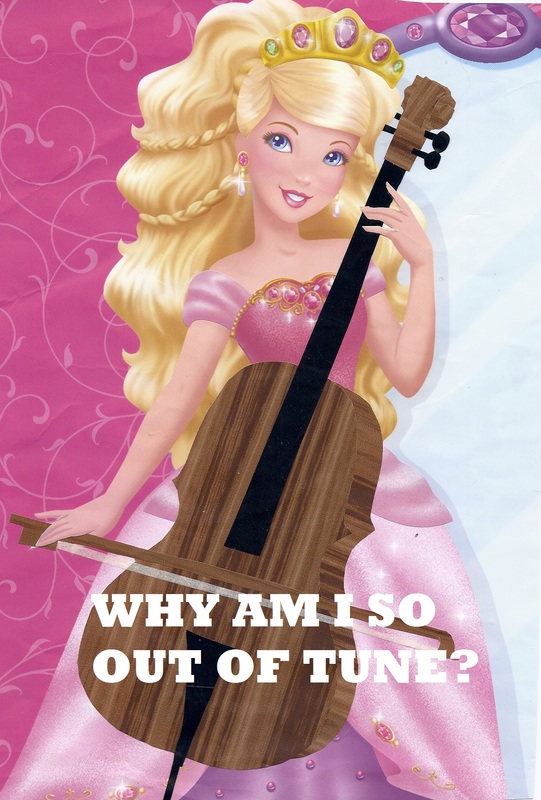
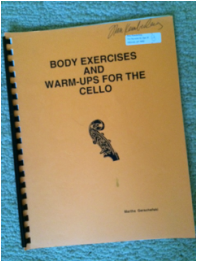

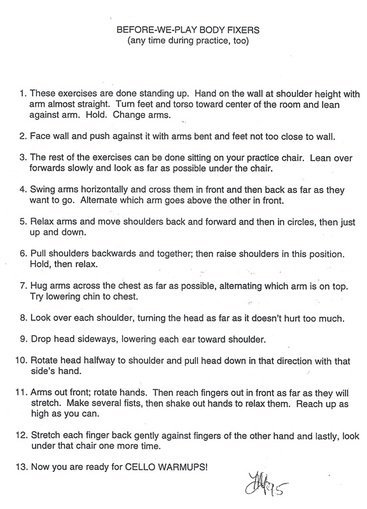
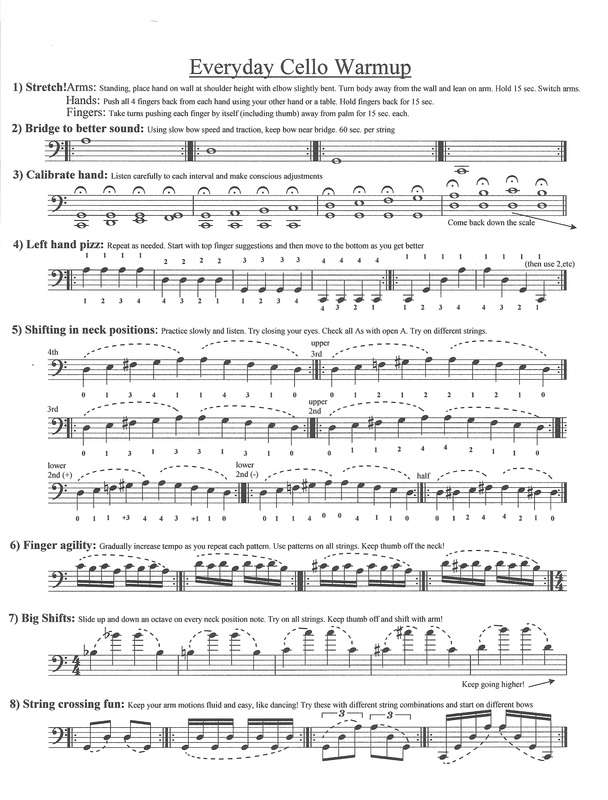
 RSS Feed
RSS Feed